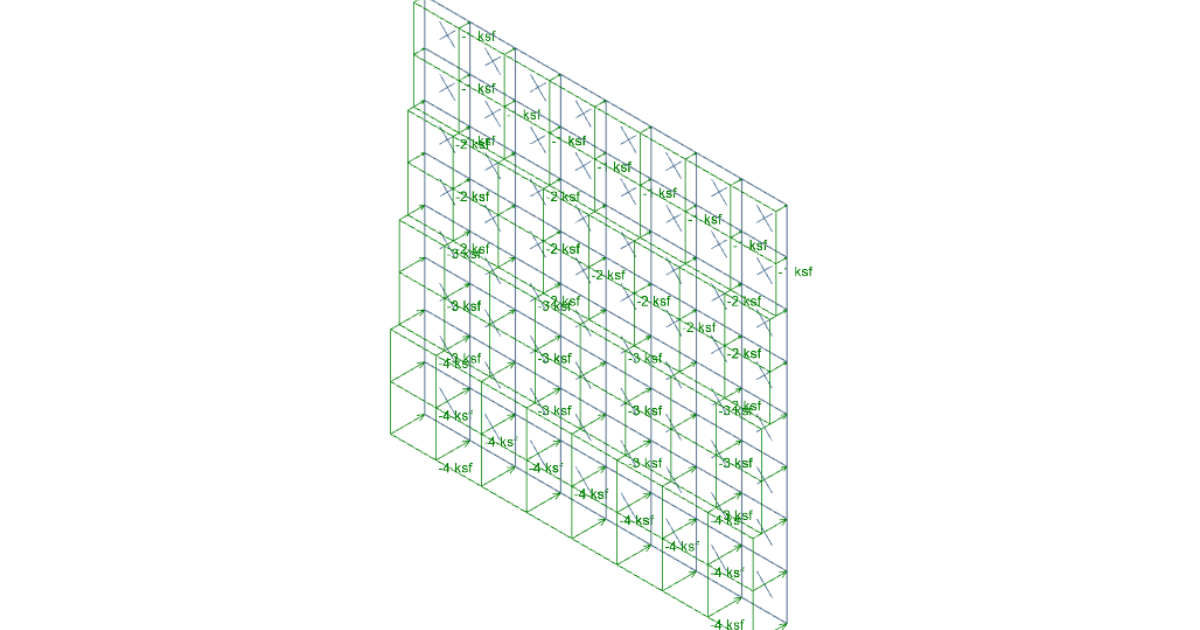

However, RISA 3D can be used for stress analysis of plate weldment structure (e.g boxed section of crane girders).
#Gravity load risa 3d software
In conclusion, structural software should not be used for forces and moments analysis since it will always produce incorrect result.

Reason for mismatching results lies in a fact that Caesar II takes account elbow curvature as well as elbow flexibility in the FEA analysis, whereas RISA 3D will simply takes two beams connected at 90 degree angle, and rigidity of such joint is much greater than rigidity of the elbow, producing higher forces. Wind, seismic and gravity loadings are applied.

Consequently, forces and moments must shows divergence too. Same model has been stress analyzed in RISA 3D (structural software) and thermal displacement s are shown on the figure below.įrom the figures above, it is evident that vertical and horizontal displacements are matched, but Mz rotation shows great divergence. Please see the figure below.ĭisplacements from thermal load calculated in Caesar II are shown on figure bellow. In model simulation 4″ pipe has been used, having thermal load of 250 degree F and ambient temperature of 65 degree F. At my surprise, calculated forces and displacements from RISA 3D and Caesar II shows great discrepancies. Of course, calculated stresses will not be matched, since both software uses relevant code in the stress calculation. At the first glance, I was expecting that displacements and forces calculated in structural software RISA 3D will match displacements and forces calculated in Caesar II. In this blog I will compare results of RISA 3D stress analysis (structural software) and Caesar II stress analysis (piping software).


 0 kommentar(er)
0 kommentar(er)
